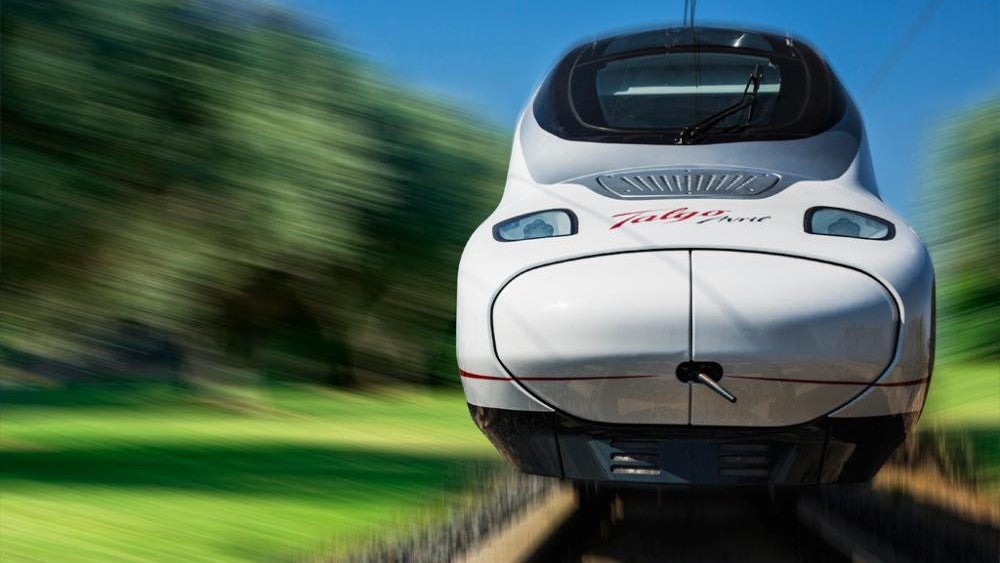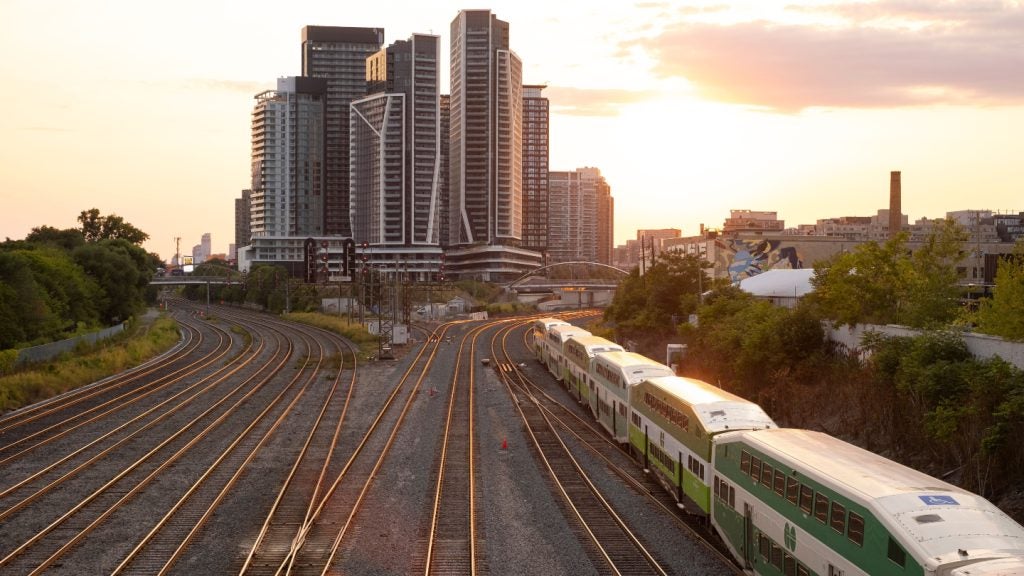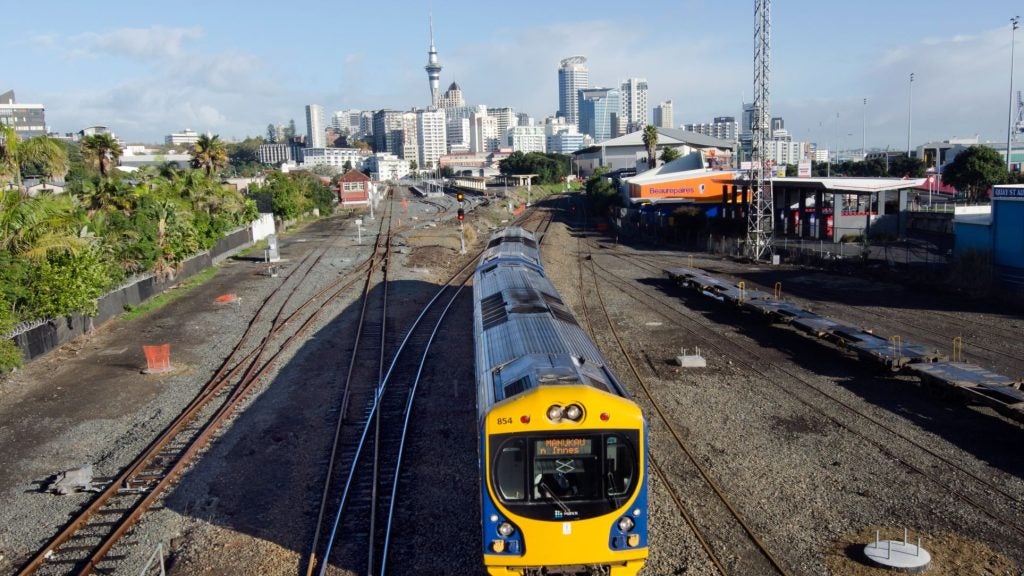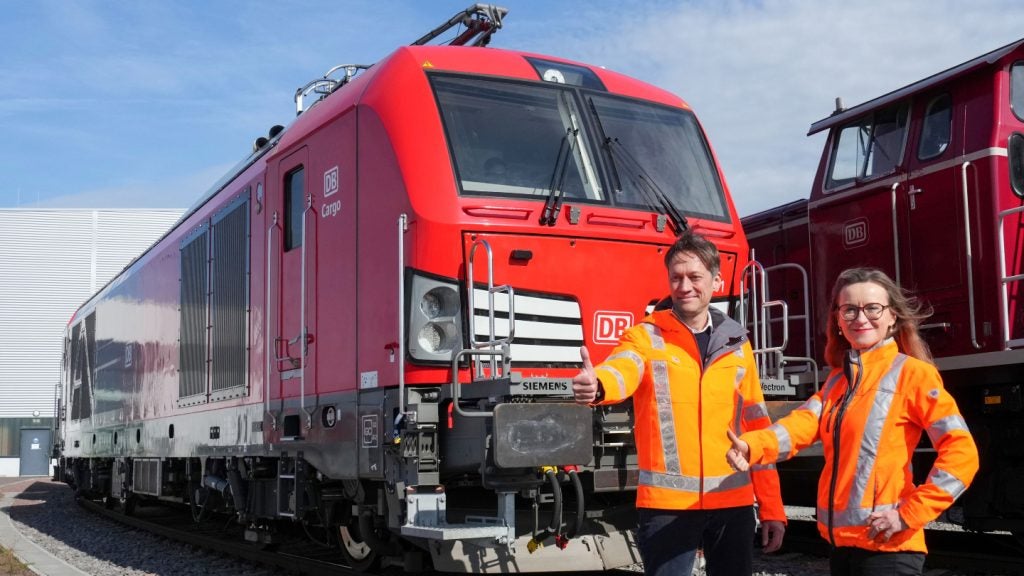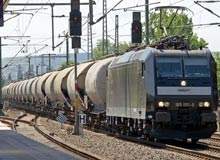
Following a radical shift in 1991 from a centrally controlled economy that included restrictions on overseas investment and licensing of operations by foreign companies, India’s economic advance looks set to continue.
Moving from reliance upon agricultural and still faced with the challenge of reducing poverty, India has become renowned for its educated and youthful workforce, movement towards broader-based affluence and multi-national corporate expansion (the country’s population of 1.45 billion is predicted to China by 2025). Its demographic structure is such that a future workforce for an economy that has recorded 8% pa growth in recent years seems
assured.
A major barrier to growth, however, has been India’s infrastructure: in the wrong place for new developments, worn out, or simply insufficient. The government is seeking to address these issues through the country’s largest-ever project, the Delhi-Mumbai Industrial Corridor (DMIC), promoted to triple industrial output, quadruple exports from the regions within five years, and create three million new jobs.
The $90bn project which will start this year will see trial runs of the electric traction between Mumbai and Punea as part of its first phase, and Japanese and German companies are helping out on the project.
STOKING THE ECONOMIC POWERHOUSE
See Also:
On the south-west coast, Mumbai (formerly Bombay) is India’s largest city with a population of around 20 million, handling around 50% of the country’s sea cargo. Capital Delhi is 1,400km (870 miles) to the north east, with approximately 18 million in the metropolitan area. They constitute one side of the so-called Golden Quadrilateral, defined by Delhi, Mumbai, Kolkata (Calcutta) and Chennai (Madras). Rail routes between these cities currently handle
over three-quarters of state operator Indian Railways’ traffic.
How well do you really know your competitors?
Access the most comprehensive Company Profiles on the market, powered by GlobalData. Save hours of research. Gain competitive edge.

Thank you!
Your download email will arrive shortly
Not ready to buy yet? Download a free sample
We are confident about the unique quality of our Company Profiles. However, we want you to make the most beneficial decision for your business, so we offer a free sample that you can download by submitting the below form
By GlobalDataAbout 1,500km long and up to 300km wide, the DMIC will spread from the Delhi National Capital Territory through the states of Uttar Pradesh, Haryana, Rajasthan, Gujarat to Maharashtra, of which Mumbai is capital. There will be special economic zones, new airports, industrial parks, power supplies and roads, plus ports on the Arabian Sea coast. With up to 120 component DMIC projects, a crucial element for incoming and outgoing goods is an entirely new
railway, the Dedicated Freight Corridor (DFC).
Projected for construction from 2008, the DFC will be 1,483km (920 miles) long. Maintaining the Indian track gauge of 1,676mm to allow through running and ease of transfers, the DFC will however differ significantly in other respects from the rest of national network. Above all, it will be freight-only and designed for faster running. By avoiding traffic conflicts, the current 60-hour Delhi-Mumbai journey is envisaged to fall to 36, and a spin-off is increased capacity for passenger services elsewhere on the network. With older lines used as feeders to the DFC, a programme to increase the clearances needed by new freight stock will be implemented, for example cutting back station canopies, easing curves and rebuilding bridges.
The most substantial of several proposed freight-only routes, the DFC provides the opportunity to increase clearances beyond the limitations of the present network. In spite of a generous 1,676mm track gauge, the dynamic (or kinematic) envelope on Indian Railways has restricted volumes being moved, increasing the cost base for shipments, not least because of the number of workings required for a given tonnage.
To be diesel-worked and handle double-stack container trains and road trailers, the DFC will have higher axle loading of at least 30t, representing a 50% increase over present lines. To provide operational flexibility and maintain timings, 1,500m passing loops will be able accommodate trains up to 16,000t.
Transporting goods by rail remains a huge undertaking, vital to the national economy and a profitable activity that, with 70% of overall revenues, helps underpin Indian Railways’ passenger operations. The segregation of freight and passenger flows should help improve the ability of Indian Railways to compete with road competition in both markets.
However, its share of the national freight market is in a long decline, falling by about a third over the last decade, a trend the DFC is intended to help turn around, offering inter-modal services that represent a better and cheaper alternative to road. In spite of a substantial highway building programme, road journey times are long and unpredictable. India’s prosperity has encouraged around 16% more cars being registered each year, a conflict of
interests for government as it attempts to balance this expression of wealth, the country’s expanding automotive sector and increasing already problematic congestion and pollution levels.
FUNDING, POLITICS AND OPPORTUNITIES
The DMIC was formally announced in December 2006 by Indian Prime Minister Manmohan Singh on a visit to Japan, with the Tokyo-Osaka industrial corridor being cited as a parallel to the impending developments. An Indo-Japanese task force to further the project has been constituted under a memorandum of understanding between the governments.
The Indian Minister of Commerce and Industry cited the Delhi Metro as an indicator of the success of the countries working together on infrastructure projects. Funding will involve both governments, companies in the Japanese private sector and Indian companies raising funds on Japanese markets.
With protectionism consigned to history, India has become an attractive investment proposition and trading partner for Japan. A stable regional democracy with a huge consumer market, India has natural resources such as iron and copper ores, bauxite and coal that Japan does not possess. Seeking Indian involvement in his ‘Cool Earth 50’ environmental initiative, Japanese Prime Minister Shinzo Abe said that a dedicated DMIC fund would be created, with low-cost loans being made available for the DFC.
As the world’s second biggest railway network and with the DFC being one of several projects indicating long-term commitment to renewal and expansion, India is a prime export target. Inherent in making use of the greater capacity potential of the new lines, a new generation of freight rolling stock will be required, similarly with motive power. Possibly in concert with domestic suppliers, for Japanese manufacturing giants such as Hitachi, Kinki Sharyo and Kawasaki Heavy Industries, the Indian market represents a huge target.
France SNCF signed an agreement in May 2008 to cooperate on rail modernisation and China has demonstrated interest in a long-term plan for high-speed passenger lines. India is therefore clearly a magnet for those with products and services to sell or capital to invest. As home or headquarters for companies such as multi-industry Siemens, Bombardier Transportation and Vossloh, also with national operator Deutsche Bahn expanding activities overseas, the interest of Germany in the freight corridor project is no surprise.
The German Ministry of Transport and Urban Affairs has already discussed the role their country’s rail industry may play in the DFC’s development and operation. Their ministerial visit was also to promote the opportunities open to Indian investors in Germany, especially the states of the former East Germany. Since the watershed 1991 economic reforms, over 2,500 joint ventures have been established between the two countries.
Across the DMIC projects, special purpose vehicles (SPVs), a widely used financial structure for public-private ventures, are to be established to handle funding and construction, also to represent the interests of stakeholders, not least the investors contributing up to two thirds of the DFC capital. Like the DFC itself, this project management structure will represent a significant change for Indian Railways. In May 2008 an Indian Government minister announced that in spite of recent materials cost increases, the DMIC project remained on course for a 2012 inauguration.



